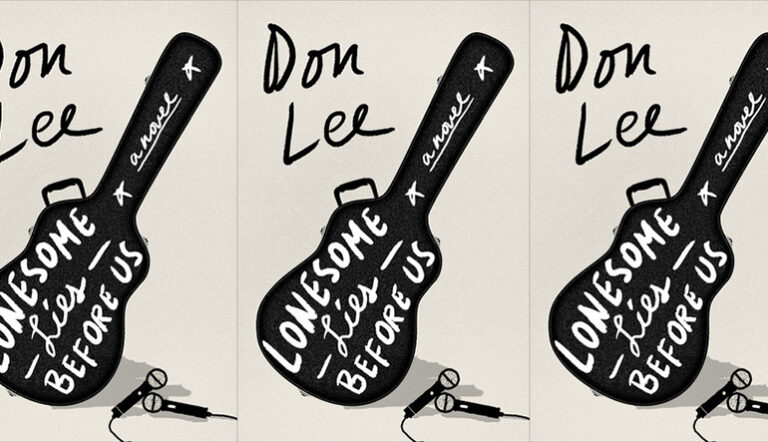Art and Autonomy in June Gervais’ Jobs for Girls with Artistic Flair

Jobs for Girls with Artistic Flair
June Gervais
Pamela Dorman Books | June 21, 2022
June Gervais’s debut novel, Jobs for Girls with Artistic Flair, is a coming-of-age story about romantic beginnings, career confusion, and instability around establishing an identity. The protagonist Gina Mulley covets the tattoo artists in her brother’s shop, Mulley’s Tattoo, located in Blue Claw, Long Island. She strives to gain an apprenticeship and accumulate enough practice to reach her goals of becoming like Maud Wagner, the first female tattoo practitioner in the United States. Set in the late 1980s, the narrative presents a microscopic, almost suffocating view of the world through Gina’s eyes, showing the painful experience of reaching adulthood.
For Gina, finding her footing in her perceived calling of tattooing seems almost impossible. In the late 1980’s, tattooing was limited to mostly male artists, and through Gina’s story, Gervais explores the social barriers that female artists and artists of color had to face when it came to gaining authority within the field. From the start, Gina refuses to conform to the expectation of obtaining a college degree and doesn’t want to pigeon-hole herself in dead-end jobs like her mother. Instead, she feels compelled to dedicate her life to making others feel a sense of satisfaction by being able to tell stories on their bodies.
Because of this, when Gina turns eighteen, she gets a pair of beautiful figs tattooed onto her own body and demands a yearlong apprenticeship under her brother to become a qualified tattoo artist. The fig tattoo on Gina’s body feels like a nod to Sylvia Plath’s famous passage from The Bell Jar, in which the main character envisions her life branching out before her like a fig tree. Gina’s life branches out as she stands up to her brother, who urges her to drop all intentions of becoming a tattoo artist, but she strives to become one anyway. Here, we see her take control of her life, just as the act of getting a tattoo allows one to claim autonomy over their body. As Roxane Gay writes in her memoir Hunger: A Memoir of (My) Body, “I enjoy the irrevocability of that circumstance. You have to allow yourself this pain. You have chosen this suffering, and at the end of it, your body will be different. Maybe your body will feel more like yours.” Gina has a desire to empower others to feel as if their body is their own, similar to how Gay details the significance of getting her own tattoos. A female artist leaving her mark on someone else is an act of autonomy, granting the artist the power to create timeless art.
Gina struggles to find this autonomy, not only in her professional aspirations, but her romantic desires as well. She explores her sexuality upon befriending the assistant to a local fortune teller, developing a friendship with Anna that evolves into a first love. Upon falling for Anna, Gina experiences the fragile nature of one’s first love that is susceptible to change at a young juncture in life. Towards the end of the story, Gina’s brother voices homophobic slurs, but in the end, she remains unfazed by his opinion and opinions from others. Through Gina’s character, Gervais portrays an unapologetic young woman who shirks away all the social norms of her time and lives according to her own set of rules.
Jobs for Girls with Artistic Flair is a revealing portrait of finding your way professionally and personally into adulthood. Like most eighteen-year-olds, Gina is faced with the looming question of what to do with the rest of her life and thinks to herself, “maybe Whole Gina was not a particular constellation of job and geography and lover and home, but a way of being.” Gina realizes that her identity is untethered to an outside force such as her dream vocation—a truth some of us take a whole life to find out.


